Ever wondered how an eagle can swoop down from the sky and snatch a fish right out of the water with flawless precision? It’s not just skill — it’s next-level eyesight. Eagles are like flying cameras, equipped with ultra-high-definition vision that puts modern drone tech to shame.
These majestic birds don’t just glide through the air — they hunt with purpose. Their eyes are designed for the skies, and when you learn just how powerful their vision really is, it’s hard not to be amazed.
Eagle Vision: Better Than 20/20
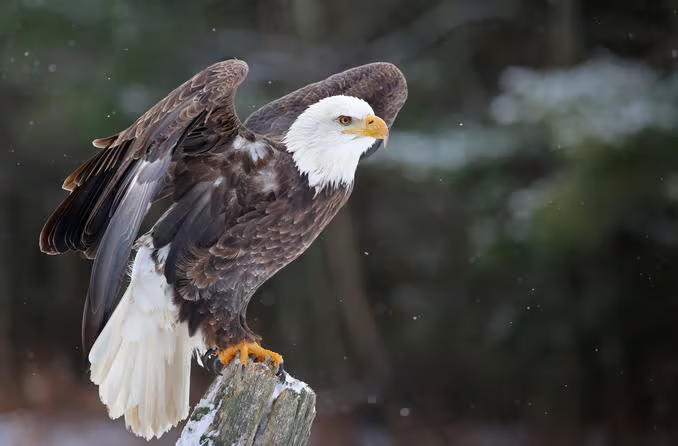
Most humans consider 20/20 vision to be perfect. But eagles? They blow that out of the water.
Eagles are believed to have 20/5 vision, meaning they can see from 20 feet away what a human would only see clearly at 5 feet. That’s four times sharper than our best natural vision. This insane clarity allows them to pick up details we’d miss entirely — like a small fish flicking near the surface of a river, all from hundreds of feet in the air.
Imagine being able to spot a coin on the ground while standing on top of a 10-story building — that’s the eagle’s world.
Glare? Not a Problem for Eagles
Now, let’s talk about water. Even on a sunny day, the surface of a lake or river can be like a mirror — filled with glare and reflection. For us, it’s tough to see past it. But for eagles?
Their eyes are naturally equipped to filter out glare. They have a special structure in their retina that reduces the interference caused by reflected light, allowing them to cut through brightness and focus on movement beneath the surface. It’s like wearing polarized sunglasses — except built-in, and way more advanced.
Video : The Incredible Eyesight of Eagles: Nature’s Sharpest Vision
So while we might squint at a shiny lake, an eagle is already locked on to lunch.
Binocular Vision That Tracks Targets Mid-Air
You’ve probably heard the term “binocular vision” before — it’s what allows animals (and humans) to judge distance. Eagles have this too, but with a supercharged twist.
Their eyes face slightly forward, giving them excellent depth perception. And because they can move their heads smoothly while keeping their eyes locked on a target, they maintain laser focus even during high-speed dives. That means they can:
- Track a moving fish
- Calculate the angle of attack
- Time their dive to the millisecond
No second guesses. No hesitation. Just pure precision.
A Wide-Angle Field of View Without Losing Detail
Another wild fact? Eagles have a field of view of about 340 degrees — nearly a full circle. Yet somehow, they manage to maintain pinpoint detail in their central vision.
Their retinas are loaded with cone cells, which detect fine details and colors. This gives them a massive advantage: they can scan a huge area while simultaneously zooming in on one moving object. It’s like having both a panoramic lens and a telephoto lens active at the same time.
While you’re blinking at a blurry bird in the sky, the eagle already sees you — and probably knows what brand of hat you’re wearing.
How Eagles Use Vision to Hunt

Let’s break it down. Picture an eagle flying 300 feet above a river. It’s calm, quiet, and the water’s shimmering. Then, with almost no warning, the eagle changes course. Its wings pull in tight, and it drops like a missile.
Why? Because its eyes just caught a tiny flash beneath the surface — a fish swimming near the top.
The eagle:
- Adjusts its position mid-flight
- Times its dive perfectly
- Uses its talons to grab the fish — often without getting fully wet
This all happens in seconds. And it all begins with a flash of movement that you and I wouldn’t even notice.
Evolution Built the Ultimate Predator’s Eye
Eagles didn’t just wake up one day with superhero vision. This visual power is the result of millions of years of evolution, fine-tuned for survival.
Their eyesight helps them:
- Hunt more efficiently
- Avoid threats
- Navigate wide territories with ease

In the wild, vision is survival, and eagles have mastered that art. From open skies to dense forests, they rely on their vision more than anything else. It’s their secret weapon — and honestly, their superpower.
How Eagles Compare to Human Technology
Think your 4K drone is impressive? Eagles would laugh — if they could.
While drones rely on lenses and software to zoom and focus, eagles do it naturally and in real-time. No battery required. No GPS lag. Just pure instinct and biological design.
Their eyes offer:
- Superior motion detection
- Real-time tracking
- Optical clarity beyond anything man-made
In fact, researchers studying eagle vision have helped inspire improvements in camera lenses, tracking systems, and even augmented reality.
Why It All Matters: Nature’s Design Is Still Unmatched
Eagles remind us of something powerful — nature still does it better. We’ve created incredible tools and gadgets, but the eagle’s eye shows that evolution’s been doing high-tech for much longer.
Video : Just How Good is Eagle Vision?
Next time you see one soaring in the sky, take a moment. You’re looking at a living, breathing marvel — one that can see better, move faster, and hunt smarter than any drone or AI-powered camera.
Conclusion: Eyes on the Skies
Eagles aren’t just symbols of power — they’re visual masters of the natural world. With vision four times sharper than ours, built-in glare filters, and targeting precision that feels almost mechanical, they dominate the skies like no other.
Their eyes are their greatest weapon — and their greatest gift.
So, the next time you see an eagle circling high above, remember: it sees you… in more detail than you’ll ever see it. And that’s not magic — that’s evolution in high definition.
Think your eyes are sharp? Nature’s got you beat — try spotting a fish from 300 feet up.
This ’80s Teen Idol Left Hollywood, Adopted 4 Children & Is Now a Grandfather – His Photos at 54
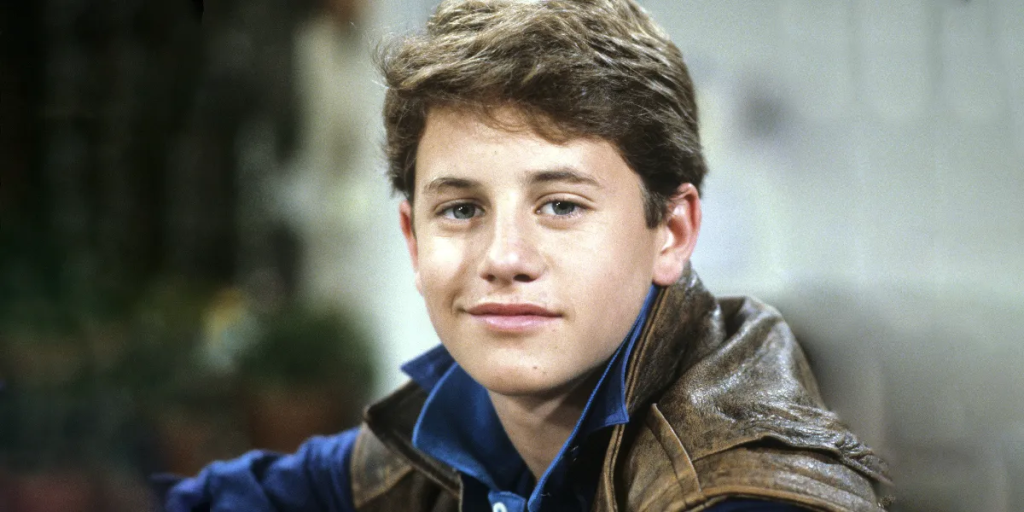
He was a teen star with everything going for him—fame, fortune, and a top-rated TV show. But just as his career was soaring, he made a decision that stunned many. Stepping away from Hollywood, he chose a path that few could have predicted.
As a beloved child actor in “Growing Pains,” he became one of the most popular young actors of the 1980s. Teen magazines featured him on their covers, and he was the go-to heartthrob for many fans. Yet, behind the scenes, he grappled with a growing sense that Hollywood wasn’t where he truly belonged.
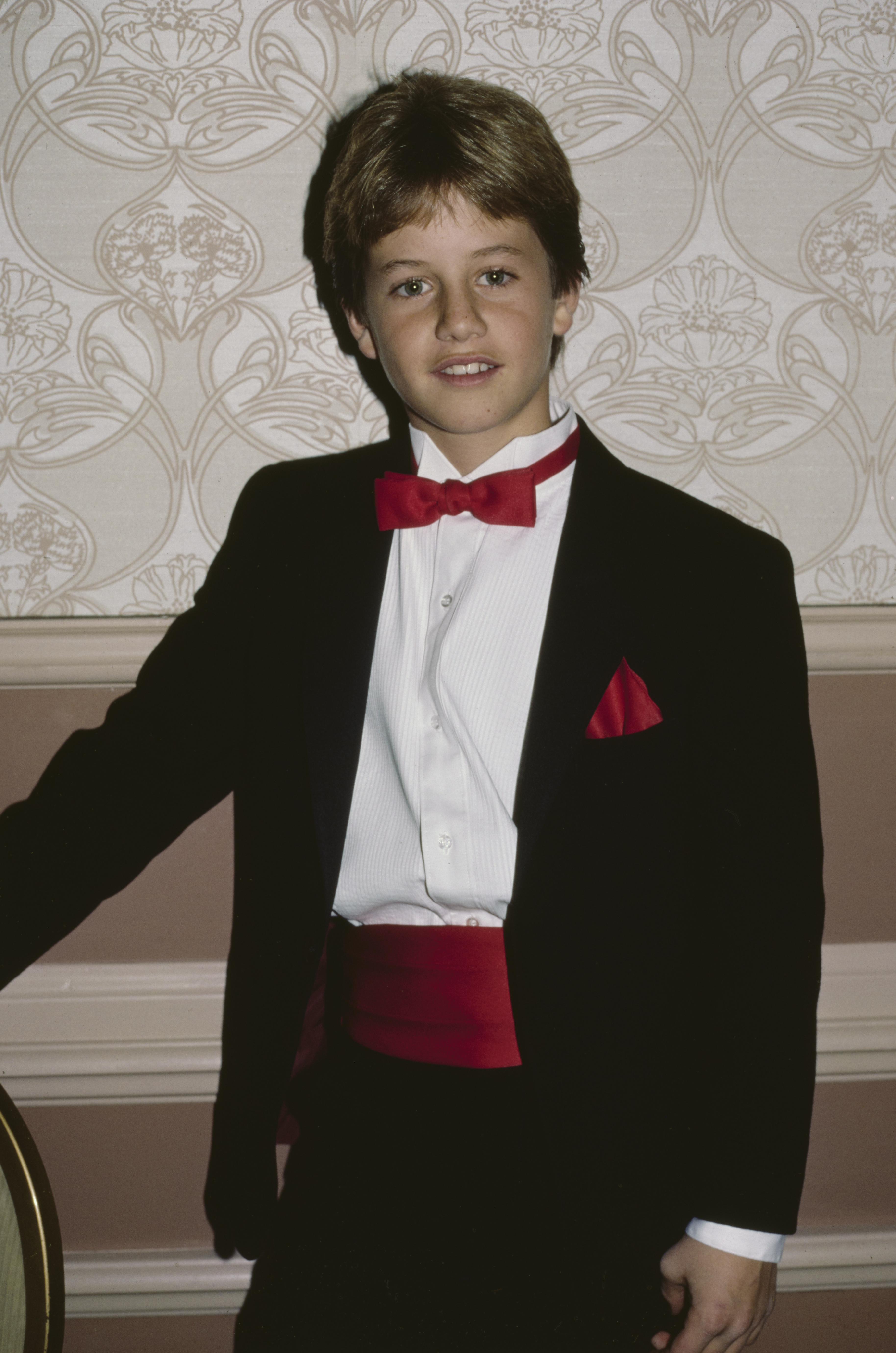
The actor, circa 1982 | Source: Getty Images
By the early 1990s, at the peak of his fame, the star made a choice that would shock many in the industry. He turned away from acting and embraced a life of faith. This decision didn’t just alter his career; it transformed his entire worldview. How did his life unfold after he left Hollywood?
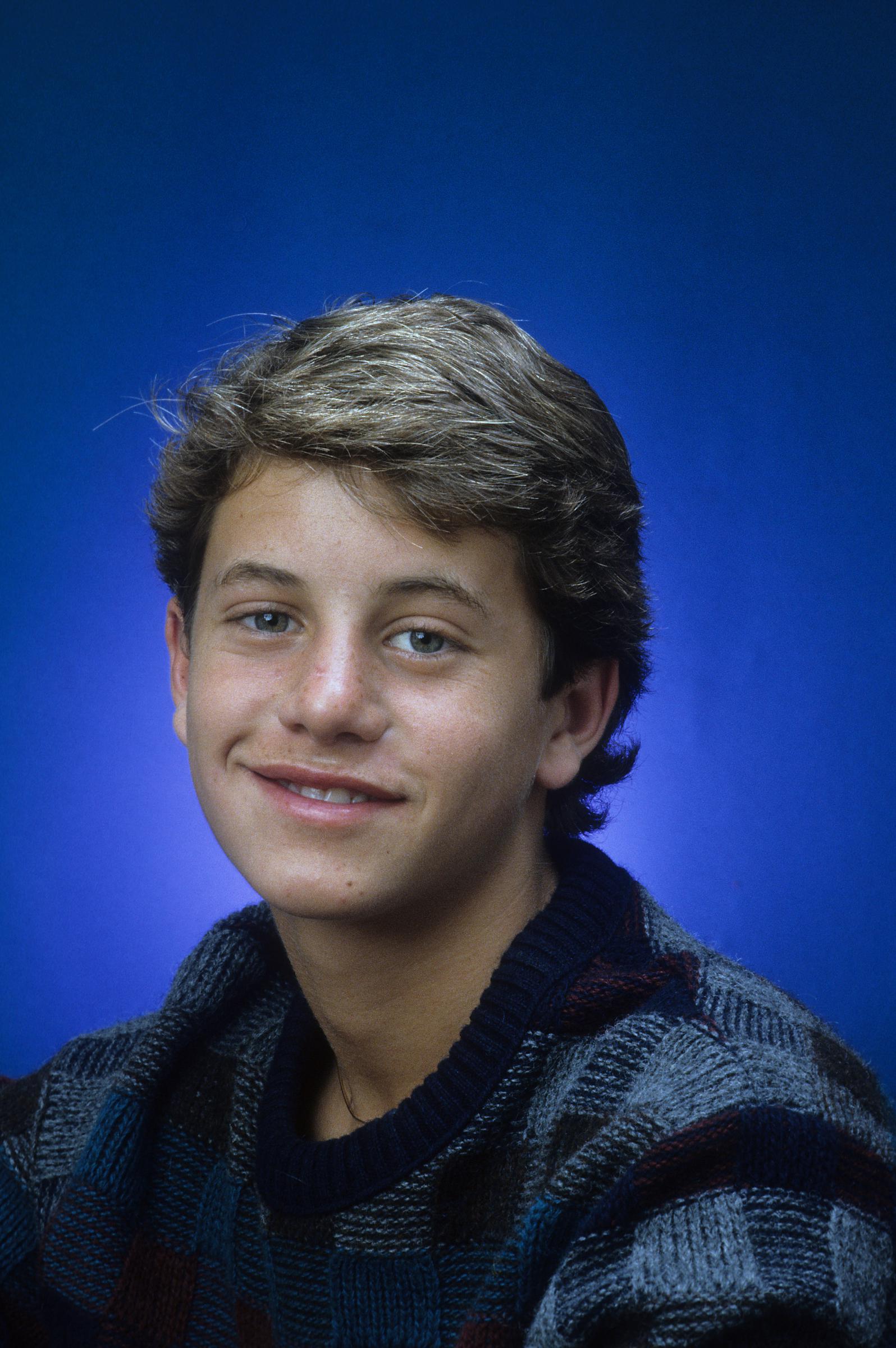
The actor poses for a portrait, circa 1980 | Source: Getty Images
From Childhood Aspirations to Accidental Stardom
He didn’t set out to become an actor. In fact, as a young boy, his sights were set on something completely different—he wanted to be a doctor. His dream was to become a surgeon, but his career path took an unexpected detour when his mother, encouraged by a friend, introduced him to acting.
That friend happened to be the mother of Adam Rich, a child actor famous for his role in “Eight is Enough.” She suggested that the boy’s mother take him to an agent and try his luck in commercials.
Reluctantly, his mother followed the advice, and before long, the nine-year-old was booking small roles. His first acting jobs included commercials, like the one for McDonald’s. Though he found himself working steadily, the young boy didn’t enjoy acting.
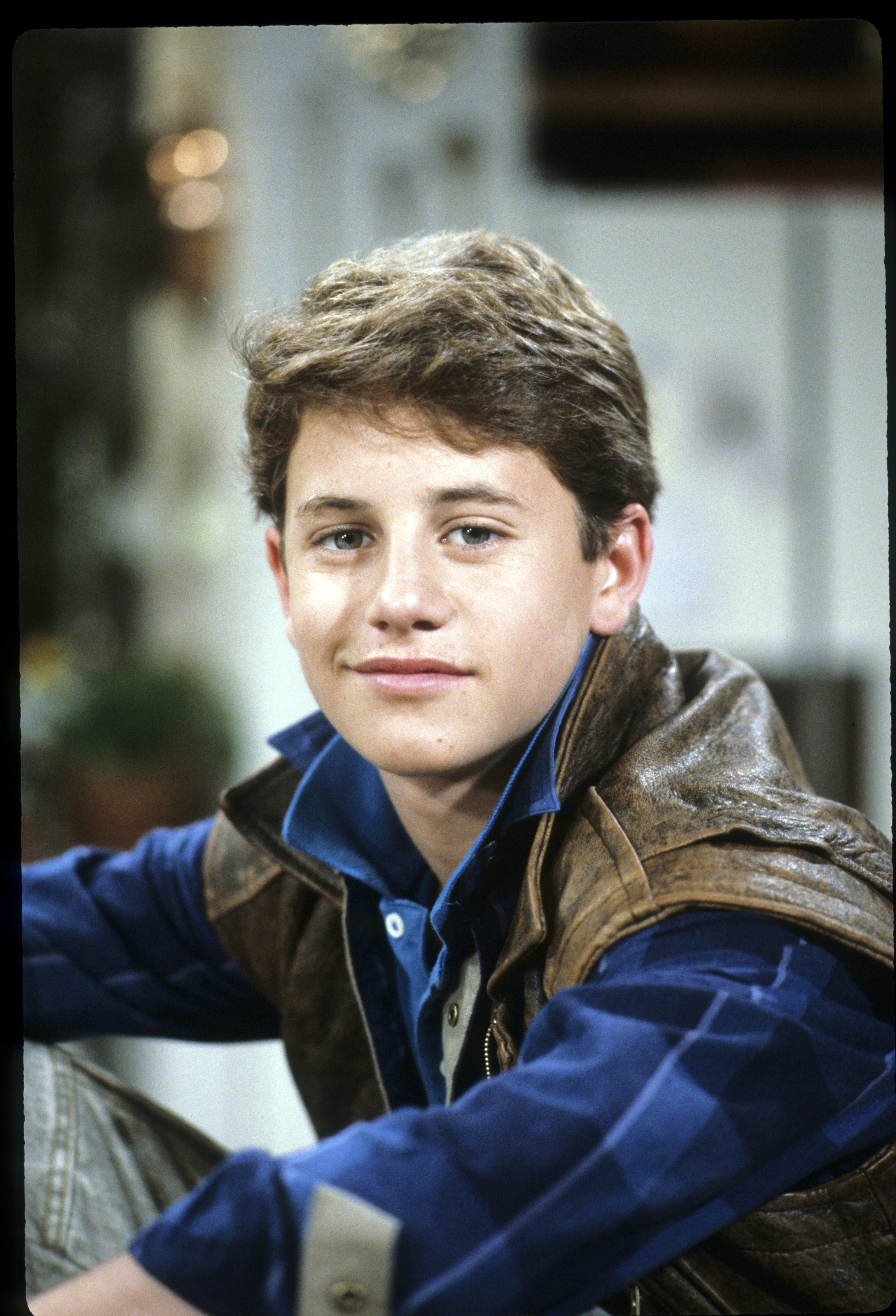
The actor poses for a photograph on September 22, 1985 | Source: Getty Images
“I was always annoyed having to brush my hair and tuck my shirt in to go drive an hour in traffic to audition,” he once reflected on those early years. Despite his lack of enthusiasm, his acting career gained momentum, eventually leading to his breakout role as Mike Seaver in “Growing Pains.”

The “Growing Pains” cast, dated July 22, 1985 | Source: Getty Images
As his fame grew, so did his internal struggle. Hollywood had much to offer, but he began questioning if that was enough. What would eventually pull him in a completely new direction was something unexpected—his faith.
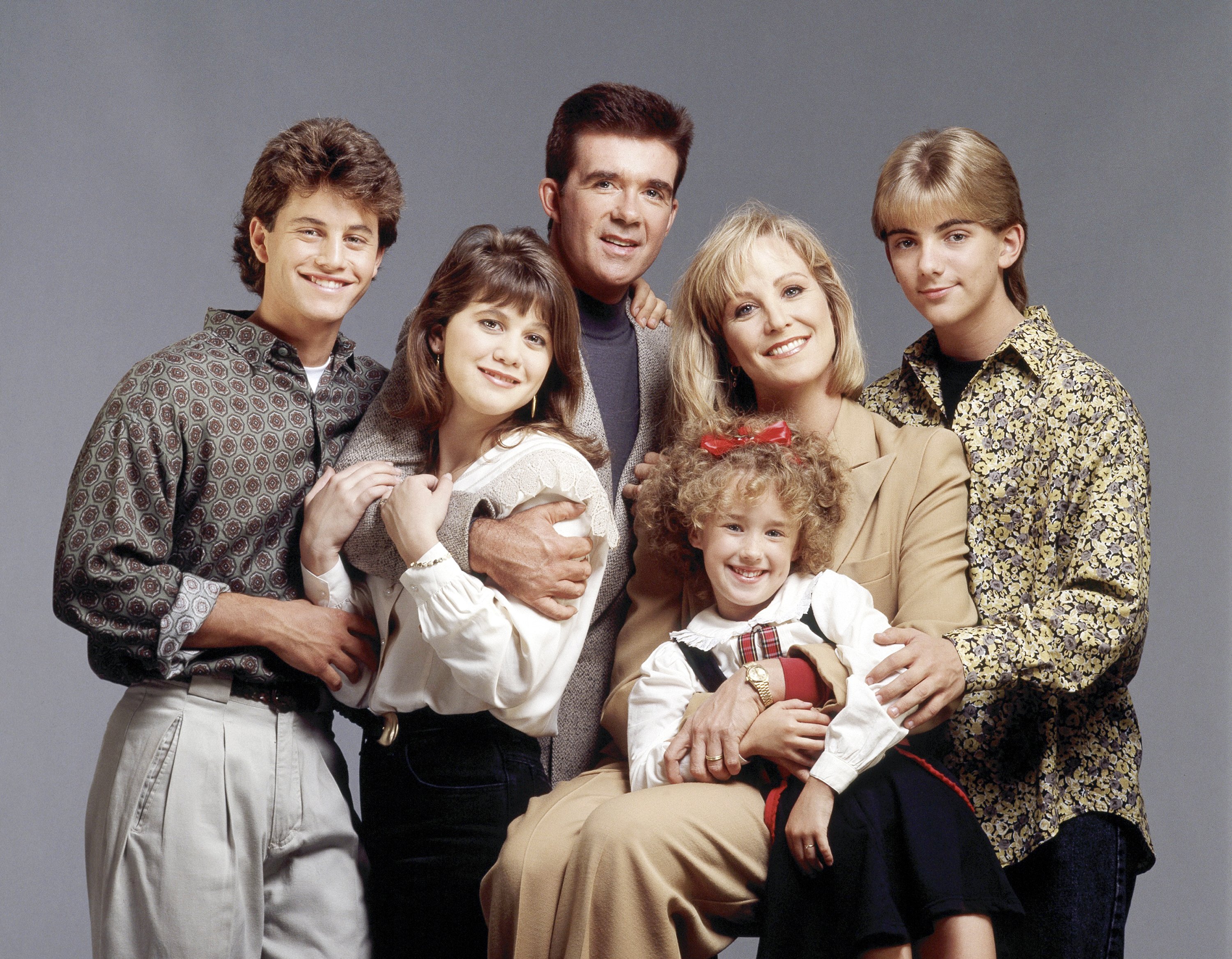
The “Growing Pains” cast in 1990 | Source: Getty Images
From Atheism to Christianity
Growing up, his family wasn’t religious, and there were never conversations about God in his home. “When I was growing up, we didn’t go to church,” he once shared.
“If you had asked me, I would have said I would be in the category of an atheist at 16 years old, 17 years old,” he added.

The actor appears on the ABC tv special, “The ABC All-Star Spectacular,” on September 12, 1985 | Source: Getty Images
His atheism was shaped by those around him, particularly his teachers. “I think I caught my atheism—it was by contagion,” he said, referring to the influence of his science and history teachers, who dismissed religion as “just a fairy tale.”
At that point in his life, he was fully immersed in his Hollywood career and had little interest in exploring faith or spirituality. Yet, despite his disinterest, a chance encounter would soon change the course of his beliefs.
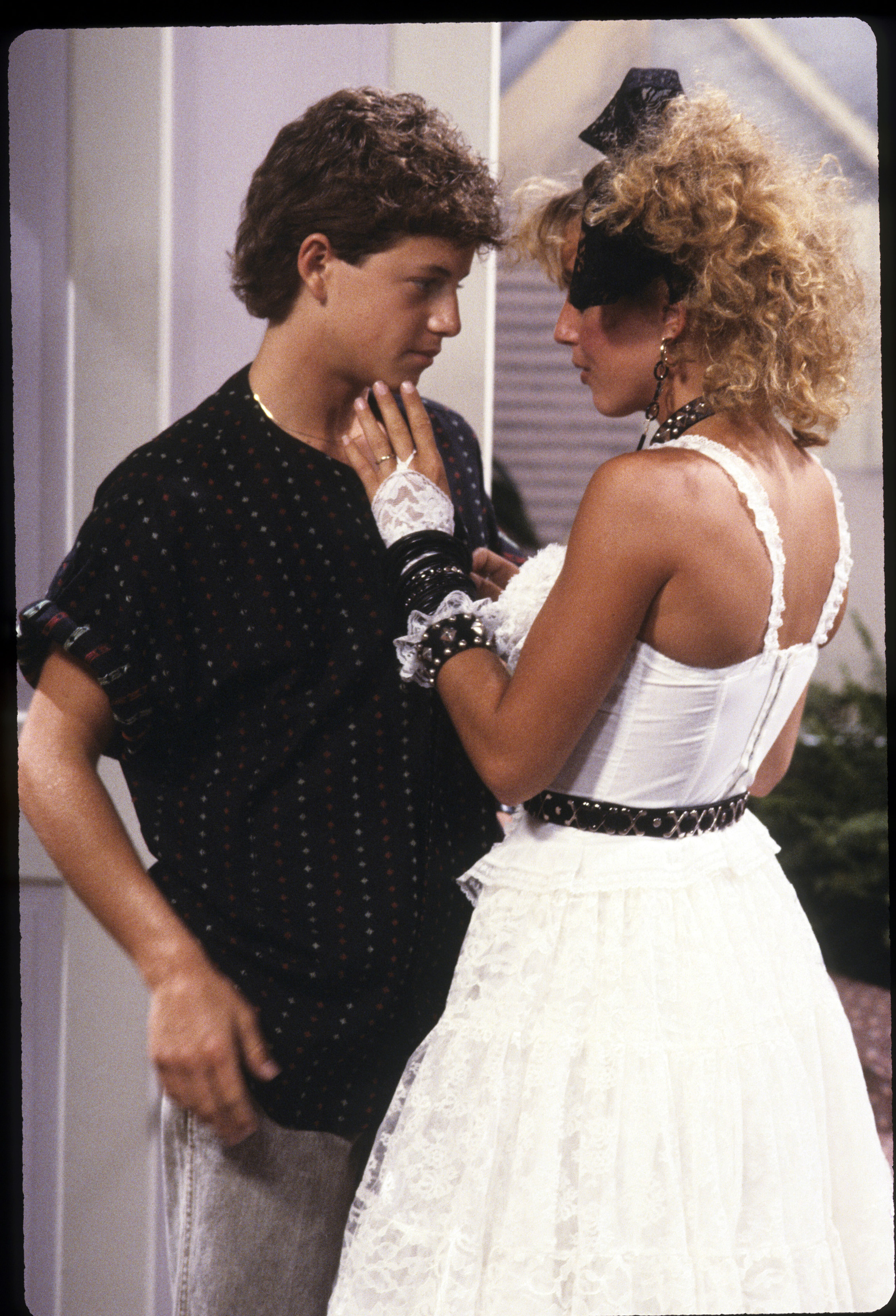
Kirk Cameron with co-star Dana Plato on November 5, 1985 | Source: Getty Images
It wasn’t a deep theological conversation that first brought him to church. Drawn to a girl he liked, he accepted her invitation to attend church with her family. “I’ll be honest. It wasn’t because I was interested in God. I was interested in the girl,” he admitted.
Little did he know, this casual decision would spark a profound transformation in his life. As his faith deepened, it began to have a noticeable impact on his life and career, raising concerns among his colleagues in Hollywood.
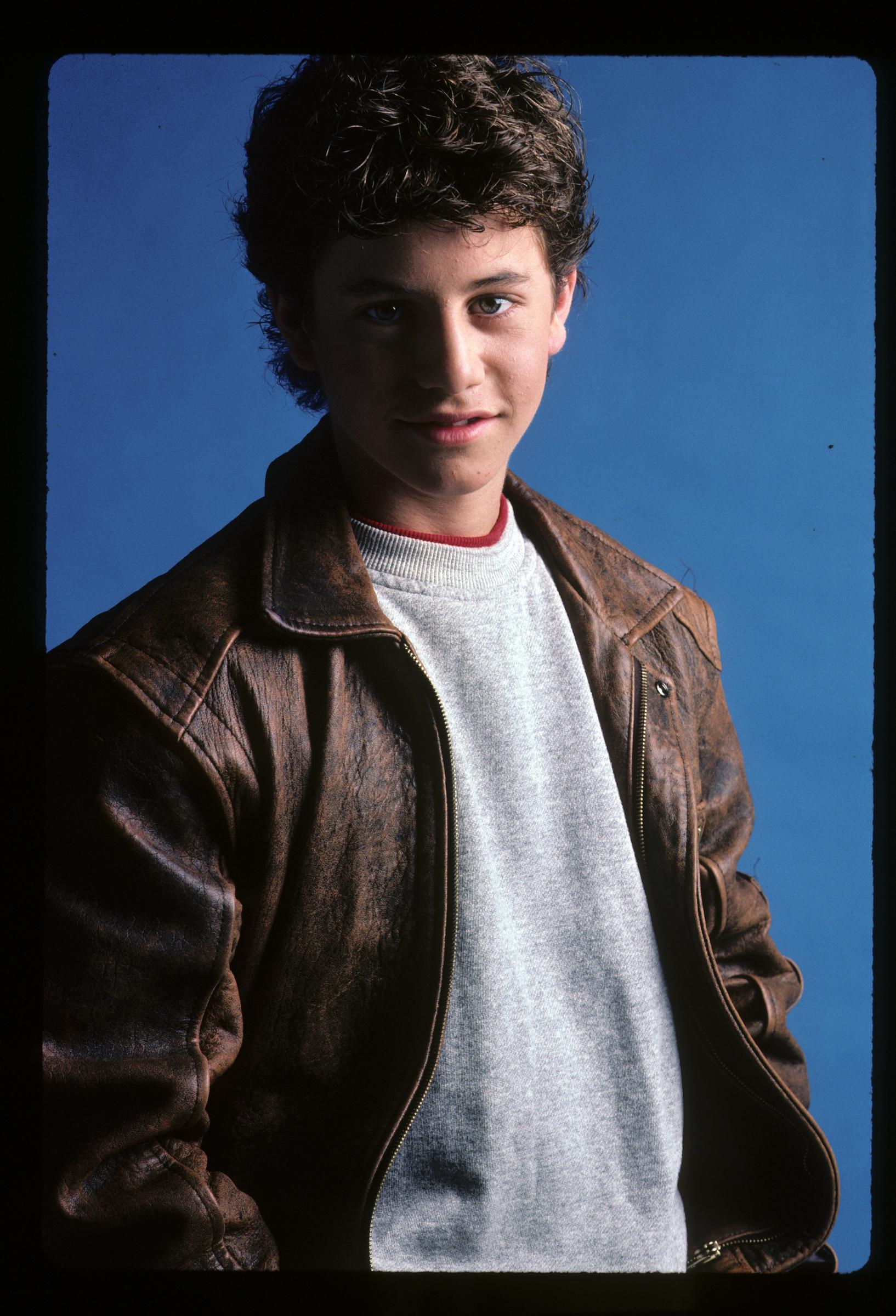
The actor on November 20, 1985 | Source: Getty Images
Hollywood’s Reaction to His Faith
By the time he was 17, his commitment to his newfound beliefs had started to influence the way he approached his role in “Growing Pains.” This sudden shift did not go unnoticed by the show’s producers and cast members, who grew increasingly worried about how it might affect the series.
As one of the show’s key characters, his actions held significant weight. The show’s success—and everyone’s jobs—depended, in part, on him. The producers worried whether his deepening religious beliefs would take him in a direction that could jeopardize the show’s longevity.
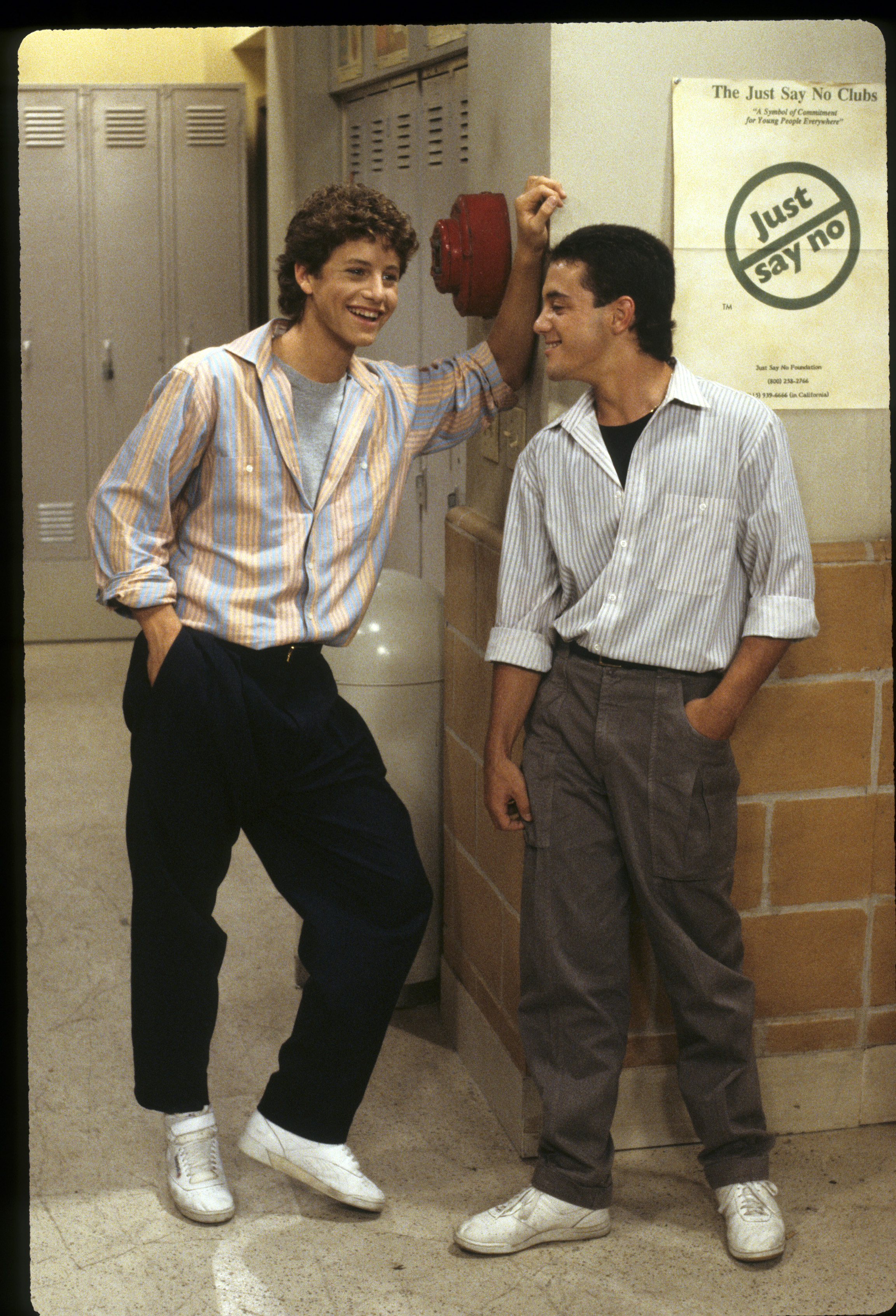
The actor on set with a co-actor on October 21, 1986 | Source: Getty Images
“Is he getting into something that’s really gonna take him into Looney Town? And if it is, we need to stop that,” he recalled their concerns. He, however, was focused on trying to live out his faith, though he admits that at times, he didn’t handle it as gracefully as he could have.
“I was trying to take the moral high road. I wanted to please God genuinely, and I think sometimes that got misunderstood,” he explained. What was clear, though, was that his priorities were shifting—and Hollywood wasn’t sure how to respond.

The actor on set with co-actor Jeremy Miller in the movie “Growing pains” on February 18, 1986 | Source: Getty Images
The Dark Side of Hollywood
As his faith grew stronger, he also became more aware of the troubling behaviors around him in Hollywood. Over time, he reportedly witnessed disturbing incidents that further distanced him from the industry.
“The evil, the darkness, the twisted sickness of Hollywood has been going on for a long time,” he said, reflecting on his years as a child actor. The former teen heartthrob, who began acting at nine, recalled being suspicious of the unsettling things happening behind the scenes during his time on “Growing Pains.”
One of the most shocking revelations involved his personal dialogue coach from the show, Brian Peck, who was later convicted of sexual abuse crimes. Peck’s name was highlighted in a recent documentary that uncovered the darker side of the entertainment industry.
The actor described how these revelations confirmed what he had suspected all along—that Hollywood was not the wholesome place it often appeared to be. For him, this environment, driven by power, pride, and ego, only reinforced his desire to move away from the spotlight.
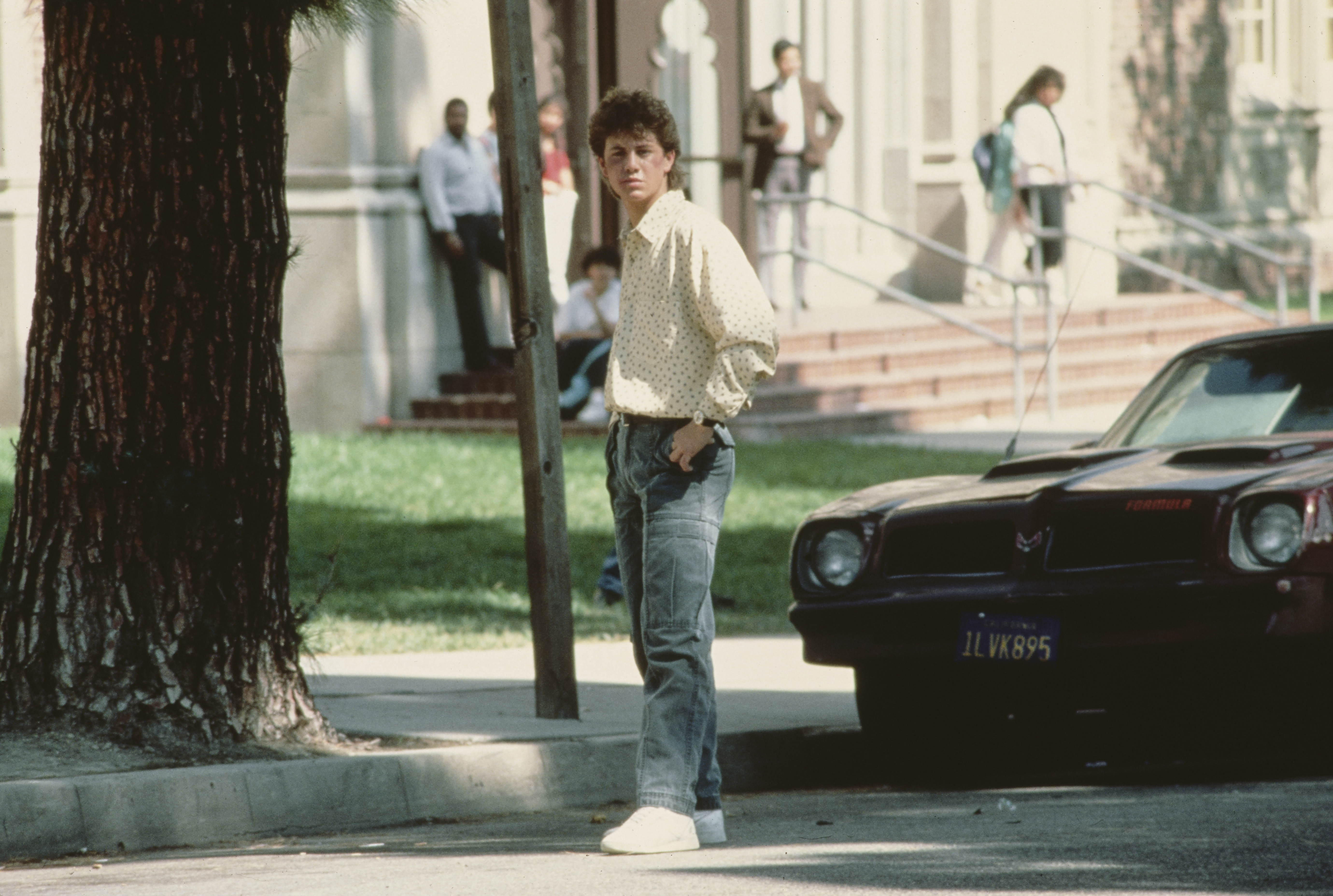
The actor poses for a photo, circa 1987 | Source: Getty Images
He became even more committed to his faith and the values it provided, believing that the pursuit of fame and fortune often led people down dangerous paths. “When that becomes your God, rather than the God who laid down His life on a cross 2,000 years ago, you’re in for a world of hurt,” he stated.
His growing disillusionment with Hollywood solidified his decision to step back from acting. However, his life was about to take another meaningful turn that would see him focus more on family and faith.
Life After Hollywood
Kirk Cameron’s departure from Hollywood marked the beginning of a new chapter in his life. At just 20, he married his “Growing Pains” co-star, actress, Chelsea Noble, and the two started building a life together far from the entertainment industry. Together, they welcomed six children into their family, four of whom they adopted.
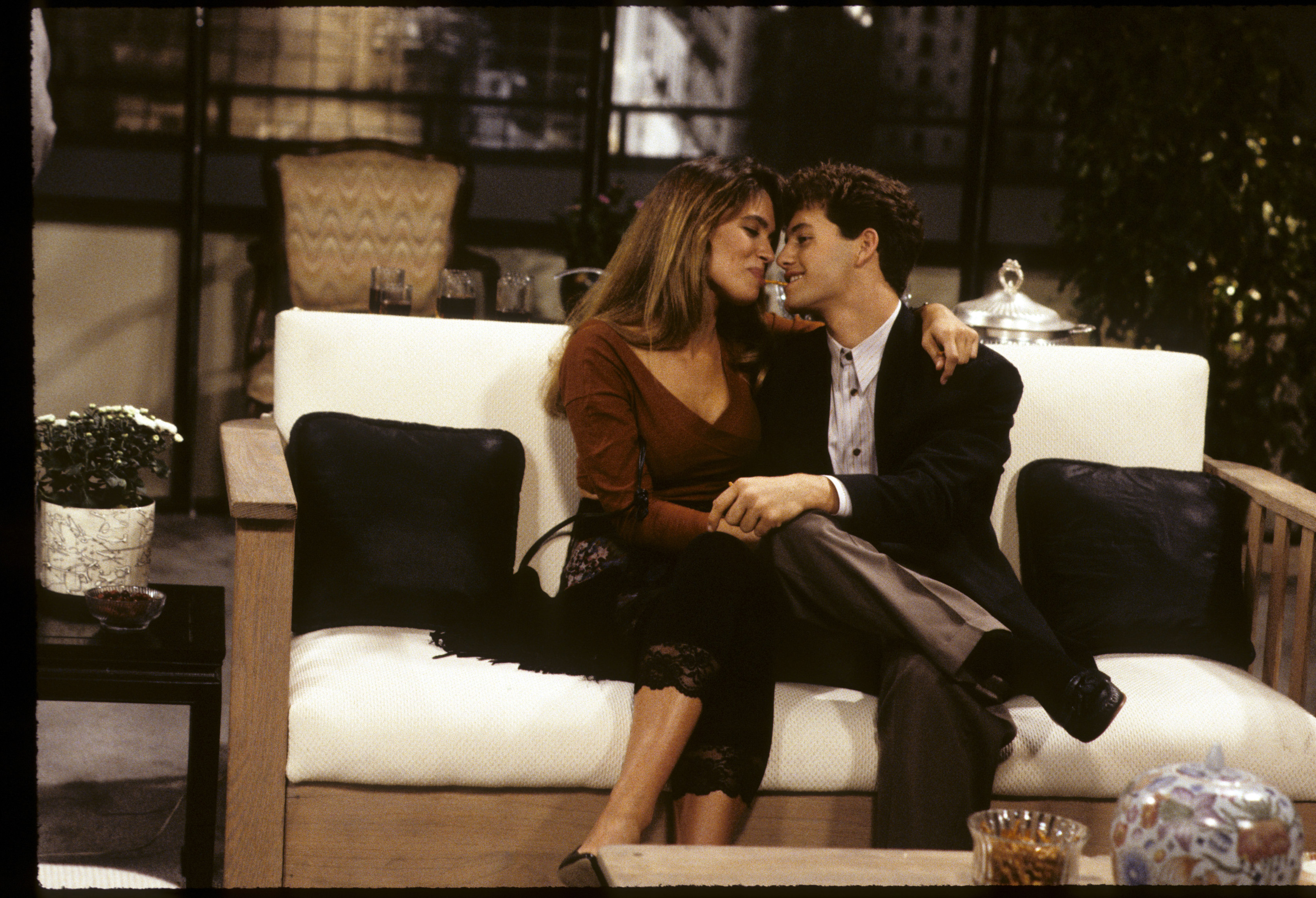
Kirk Cameron and Chelsea Noble in the movie “Growing pains,” dated October 18, 1989 | Source: Getty Images
Adoption was a cause close to both Cameron and Noble’s hearts, as Noble herself was adopted. They always ensured their children knew their origins and helped them reconnect with their biological families when the time came.
For Cameron, this focus on family became central to his life, as did his commitment to maintaining a strong moral foundation. One of the most striking examples of his dedication to family values came during the filming of his 2008 movie “Fireproof.”
In the film, Cameron plays a firefighter trying to save his marriage. However, when it came time to shoot a kissing scene with the actress playing his wife, Cameron refused to kiss anyone but his real-life spouse.
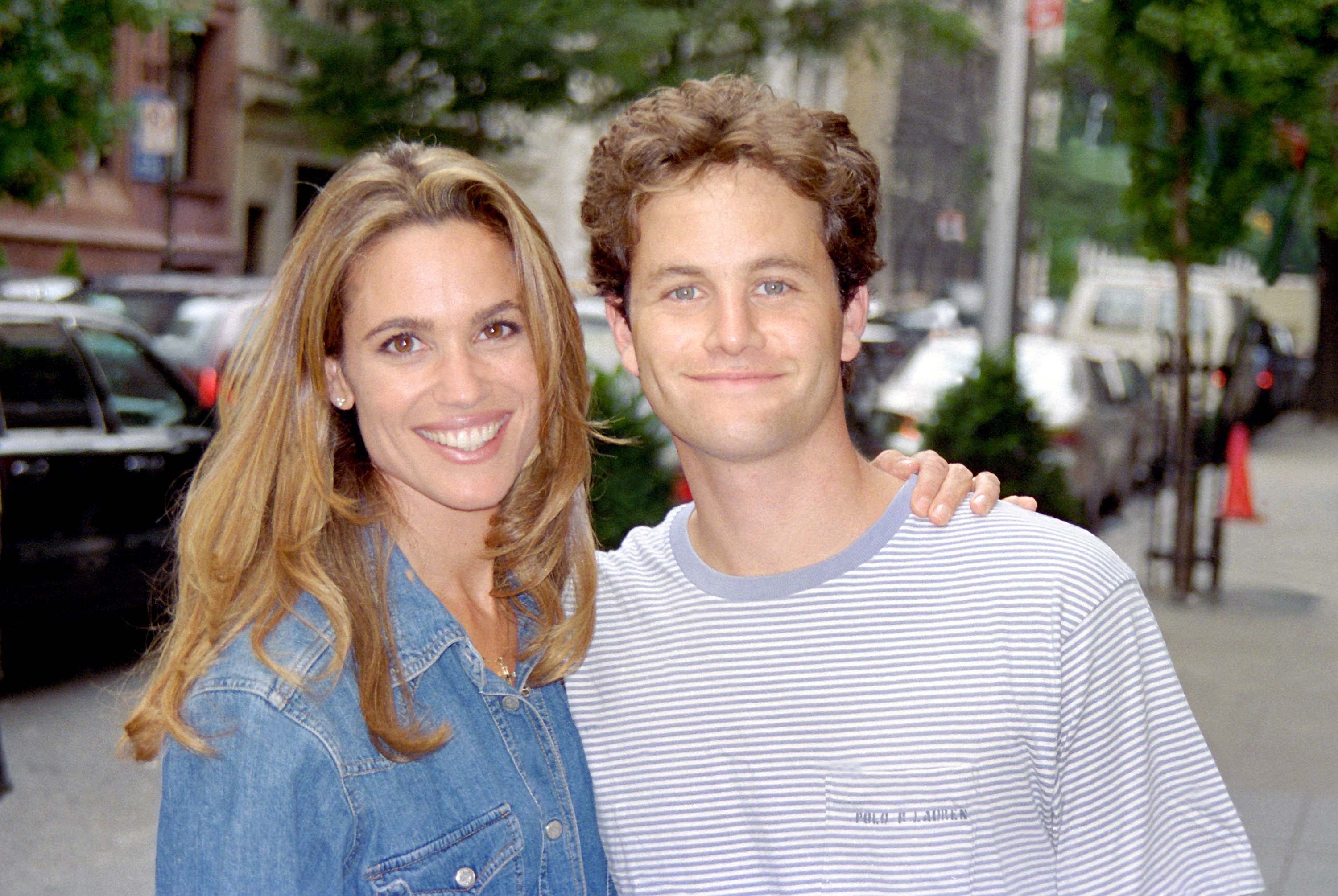
Kirk Cameron and Chelsea Noble at Westbury Hotel in New York City on June 28, 1996 | Source: Getty Images
To honor his marriage vows, the filmmakers worked around this by dressing Noble as the movie’s female lead and filming the scene in silhouette. Cameron later explained, “I have a commitment not to kiss any other woman,” showing how seriously he took his beliefs.
With Hollywood in the rearview mirror, Cameron’s life became less about fame and more about staying true to the values he cherished. But his journey wasn’t over—he soon made another major decision that would further change the course of his life.
Leaving California Behind
In recent years, Cameron made another bold life decision—leaving the place where he had spent most of his life building his career. In early 2021, Cameron took to social media to share his intention to leave California.
“I asked on social media what states people recommend for a Californian looking to relocate, and the top responses were Tennessee, Florida, and Texas,” he shared in a Facebook post. Ultimately, it was Tennessee that won his heart.

Kirk Cameron poses on September 7, 2022 | Source: Getty Images
In subsequent interviews, he revealed his reasons for the move. Cameron felt that California had become unsafe and longed for a place that embraced more of the “wholesome values” he held dear.
He was drawn to its lifestyle, but there was another significant reason for the move—three of his children now lived there. It offered the opportunity to be closer to family while also enjoying the slower pace and community that Tennessee provided.
Cameron also spoke of the “healthy freedom mindset” he found in Tennessee, a stark contrast to what he described as California’s growing restrictions. He also called Tennessee a “hub for Christian projects.”
In Tennessee, he discovered a community of like-minded individuals, including other creatives who had left Hollywood behind. The state, with its growing entertainment industry, has even drawn a number of California “refugees,” offering a fresh start for those seeking a more grounded lifestyle.
https://www.facebook.com/v14.0/plugins/post.php?app_id=493078077833106&channel=https%3A%2F%2Fstaticxx.facebook.com%2Fx%2Fconnect%2Fxd_arbiter%2F%3Fversion%3D46%23cb%3Df86bb4490bc08887d%26domain%3Dnews.amomama.com%26is_canvas%3Dfalse%26origin%3Dhttps%253A%252F%252Fnews.amomama.com%252Ffa13c1db8d8c72677%26relation%3Dparent.parent&container_width=600&href=https%3A%2F%2Fwww.facebook.com%2Fkirkcameron%2Fposts%2Fpfbid022SDyLEFQQ5iyM3D1ERwEVCVgQ7nQqyMk6UhHQ3FQ7TKwRP2VY54hrNypZ9ygeZb6l%3FmWidth%3D350%26mHeight%3D476%26dWidth%3D600%26dHeight%3D665&locale=en_US&sdk=joey
With his move to Tennessee, Cameron found not only a new home but a place that aligned more closely with the values he had embraced. Yet, despite leaving Hollywood and California, his passion for family, faith, and storytelling has not wavered.
Becoming a Grandfather and New Projects
Cameron’s life has been full of milestones, but one of his most cherished moments came in July 2024, when he and Noble became grandparents. Cameron proudly shared the news on social media, posting a heartfelt message about the arrival of their granddaughter, Maya Jeanne Noble Bower.
“Our hearts are filled to overflowing,” he wrote. “Our beautiful baby girl just had a beautiful baby girl, and we can hardly wait to spend every minute with her and shower her with love.”
For Cameron, this new chapter as a grandparent brings even more joy and meaning to his family-centered life.
In addition to celebrating his growing family, Cameron continued his passion for projects that align with his faith and values. In 2022, Cameron brought a deeply personal story to life with the release of his film “Lifemark,” a heartfelt exploration of the beauty of adoption and the priceless value of life.
For Cameron, the project was more than just a film—it was a reflection of his own life. As a proud father of four adopted children and a husband to someone with her own adoption story, the movie carried a profound significance for him.
Sharing his excitement, Cameron emphasized how the narrative resonated with his family’s journey and the importance of uplifting stories like these. The passion for adoption runs deep in the Cameron family, extending even to the next generation.
His son Luke, inspired by their personal experiences, founded the “Together as One Podcast.” This powerful platform sheds light on the incredible journeys of adoption, celebrating the families who transform lives through their commitment to love and care.
The podcast serves as a beacon of hope and inspiration. Through compelling stories and heartfelt conversations, it highlights the challenges and triumphs of adoptive families, offering valuable resources and support.
Their mission is to also ease the financial strain of adoption by providing grants, making the dream of family accessible to more people.
Although Cameron stepped away from the Hollywood mainstream long ago, he remains active in creating faith-based films and media that reflect his beliefs.

A photo of Kirk Cameron taken from a video posted on November 26, 2024 | Source: Instagram/kirkcameronofficial /iheartchm
His focus on positive, uplifting stories that celebrate family and faith has become the hallmark of his post-Hollywood career.
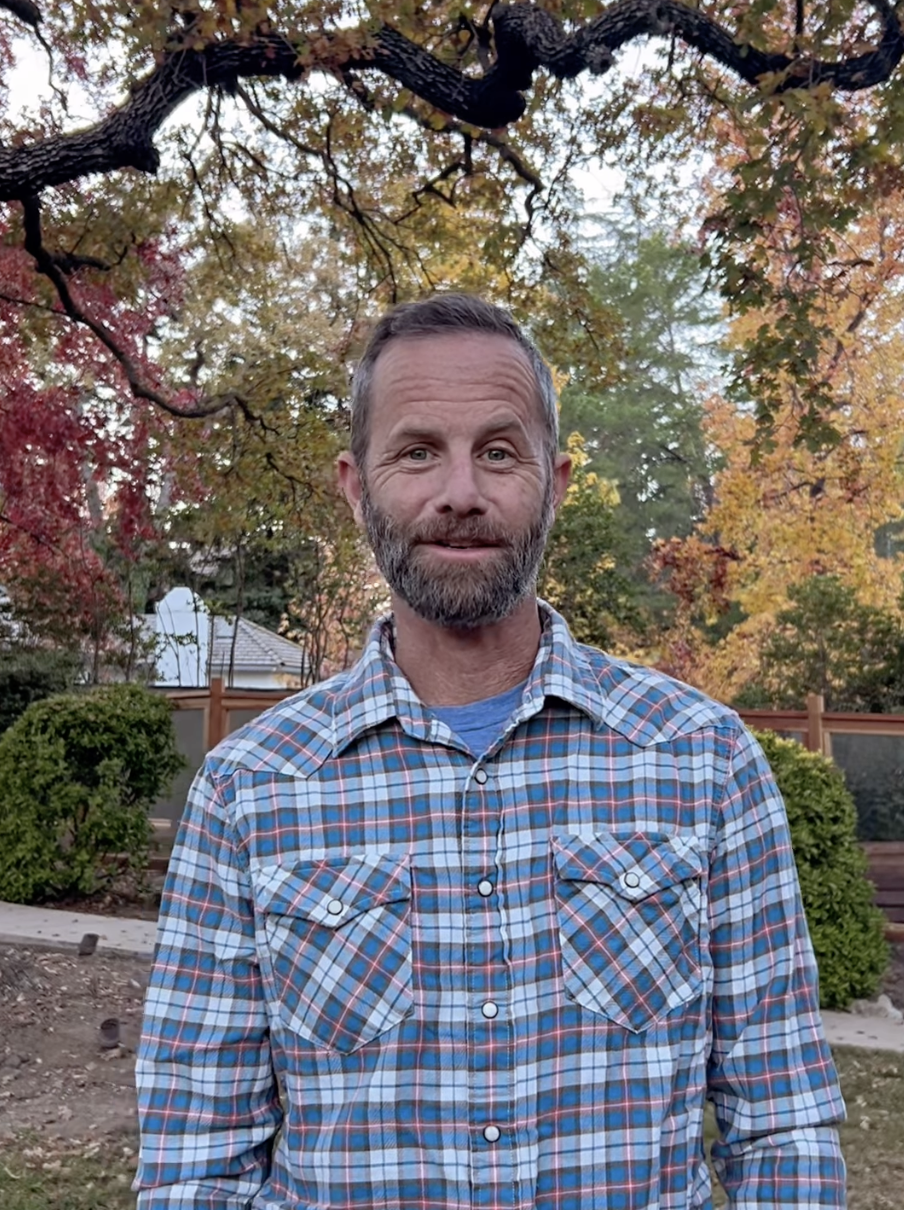
A photo of Kirk Cameron taken from a video posted on November 26, 2024 | Source: Instagram/kirkcameronofficial /iheartchm
Cameron doesn’t just tell inspiring stories; he lives them. In November 2024, he put his beliefs into action by lending a helping hand to hurricane relief efforts in Black Mountain, North Carolina. Sharing his experience on Instagram, Cameron posted photos of those affected alongside a heartfelt caption.
He recounted the efforts of the 700-strong Red Truck Men rescue squad, who brought chainsaws, axes, backhoes, and hot meals to the disaster zone. Fueled by their faith and love for humanity, these volunteers worked tirelessly to rescue, restore, and rebuild in the aftermath of the storm.
“The power of a hurricane to destroy left me in awe,” Cameron wrote, “but what left me in greater awe was the even more powerful force of a group of 700 volunteer men.”
With his words, Cameron also extended prayers to those affected by the tragedy, reminding his followers of the resilience and hope that shines brightest in the darkest times.
With a growing family and a steady stream of projects that align with his values, Cameron’s life today is a far cry from his teenage days as a heartthrob on “Growing Pains.” But for Kirk Cameron, the path he has chosen has brought him a deep sense of fulfillment and purpose.


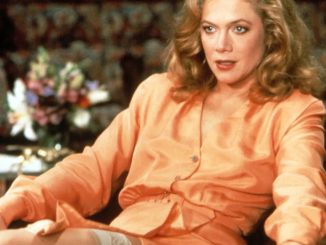
Leave a Reply